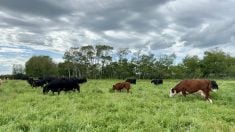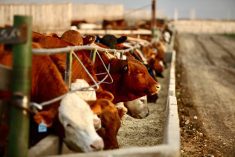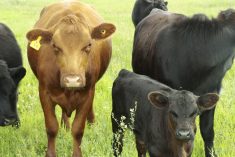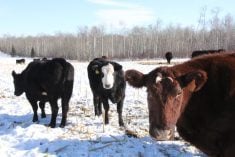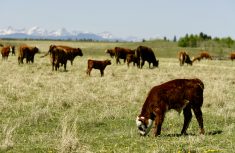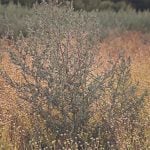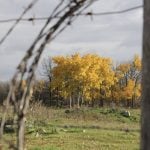You may have heard the oft-repeated quote, “To a man with a hammer, everything looks like a nail.” It’s a cautionary comment about having a narrow perspective to address challenges. Quite often, supplementing cattle on pasture bears negative connotations due to added labour, cost and logistical challenges with supplementation. Perhaps we could think of supplementation as a tool for producers while their cattle are grazing. In this context, supplementation would be more like a multi-tool rather than a hammer. For example, supplementation can be used to offset nutritional deficiencies that are in forage,
can be used to reduce forage intake, or can be used to increase forage intake. The opposite response for the last two outcomes is exactly why supplementation can be considered as a multi-tool.
With recent rain and increasing temperatures, forages are rapidly growing, signalling the start of the grazing season. Forages in early phases of growth are rich in energy as they contain digestible fibre and sugars and are relatively high in protein, providing a great source of nutrition for beef cattle. Fresh forages also contain minerals and some vitamins. Based on common forages, it is likely that when an adequate quantity of fresh forage is provided, cows can meet their energy and protein requirements through grazing. It is clear, however, that mineral requirements, particularly micro-mineral requirements, will not be met.
There are several examples to highlight this point. First, rapid early growth of forages is often high in potassium and low in magnesium. For cows around calving, this imbalance between potassium and magnesium can lead to grass tetany. Magnesium supplementation can help reduce risk. From a micro-mineral perspective, even when forages contain adequate copper, its availability in those forages is very low. The book that serves as the primary reference for nutrient requirements of beef cattle suggests that only about five per cent of the copper in forages is available for absorption. Low copper increases risk for reproductive failure and low copper status is a common occurrence for cows in Western Canada. As such, the provision of minerals (macro-minerals, micro-minerals) and vitamins for cattle on pasture, along with monitoring the intake of those minerals, is key to ensuring mineral and vitamin requirements are
met. This will help ensure cows can re-breed, produce a heavy calf at weaning and help support normal body processes including their immune system.
Read Also
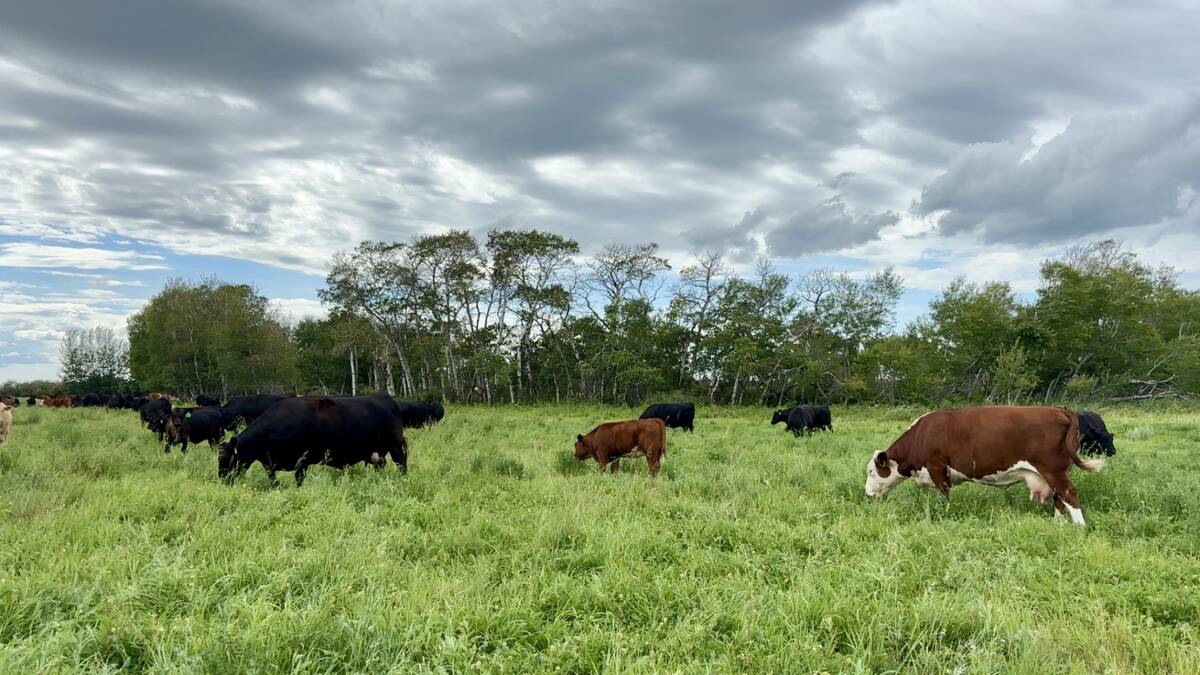
Preg-checking season is the perfect time to re-evaluate your beef cows’ nutrition
A look at three critical minerals that are often deficient in Canadian beef cow herds
Forage quality is affected by many factors with species and maturity of forages having significant influence. Generally, as perennial forages mature, the protein concentration drops, the fibre concentration goes up, and the energy concentration decreases. Maturity also reduces plant growth, signalling the end of the growing season. In cases where pasture supply is limited, supplementation can be used to help extend the forage supply. To extend forage supply, we need to pick a part of the multi-tool that reduces forage intake.
Past studies, including work at the University of Saskatchewan, have highlighted that supplementation with carbohydrate sources (cereal grains, byproduct pellets) can be used to reduce how much forage cattle consume and that the best effects are observed when the supplement is provided daily.
On the other hand, if there is ample mature forage, one may wish to enhance forage intake. While energy is the primary limiting factor in Western Canada, mature forages may be deficient in protein. Work conducted by Paul Jefferson highlighted that many native and tame forages used in the southern part of Saskatchewan are likely deficient in both energy and protein when mature. Providing a protein supplement such as distillers grains, canola meal or a protein pellet can offset that protein deficiency. In a study at the University of Saskatchewan, we showed that for growing heifers fed poor-quality grass hay (seven per cent crude protein), providing either canola meal or distillers grains increased hay intake by more than a half pound/heifer/day over those provided hay only. These heifers also grew faster (0.4 versus 1.3 lbs./day). While cost was greater when the protein supplement was provided, this cost could be offset by greater revenue at the time of sale or adequate heifer development when used as replacements.
As shown above, supplementation could be a useful multi-tool for cow-calf producers to help correct and prevent nutrient deficiencies, to extend pasture or forage supplies, or to increase pasture or forage intake. Supplementation is clearly not a one-size-fits-all management strategy. Understanding how to supplement as a multi-tool, rather than a hammer, can provide unique opportunities for beef producers.
Greg Penner is a professor and the University of Saskatchewan Centennial Enhancement Chair in Ruminant Nutritional Physiology in the animal and poultry science department at the University of Saskatchewan.



